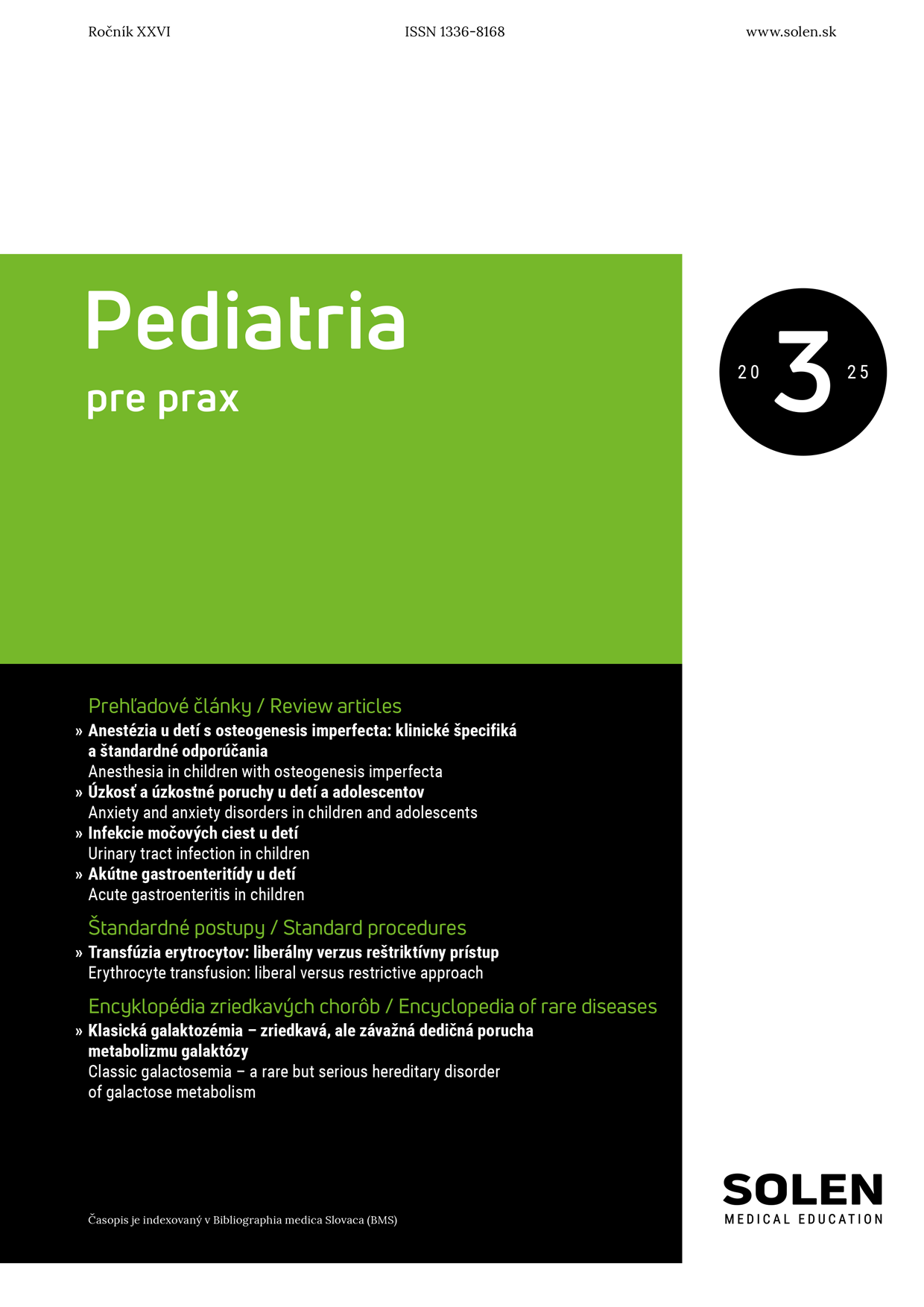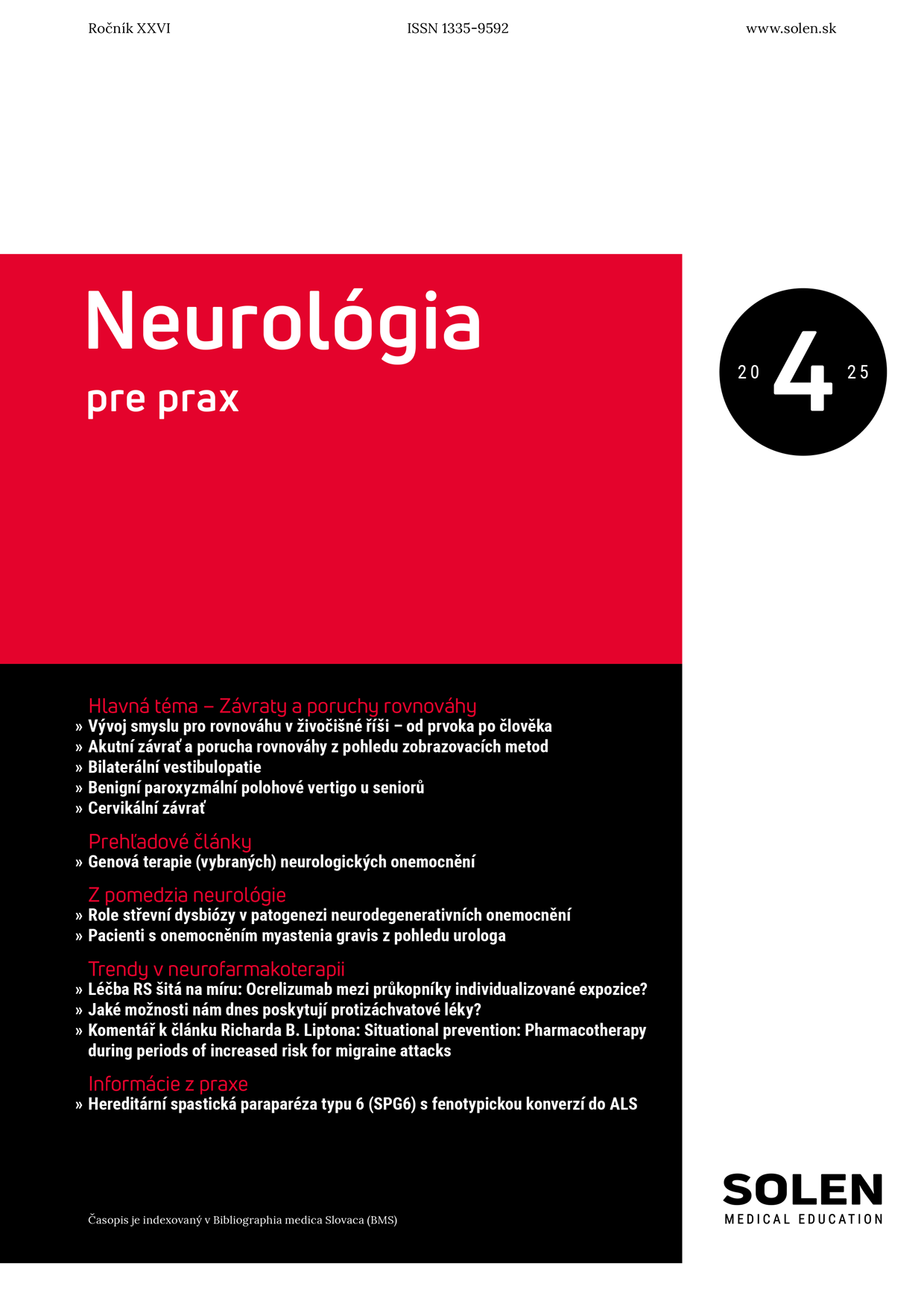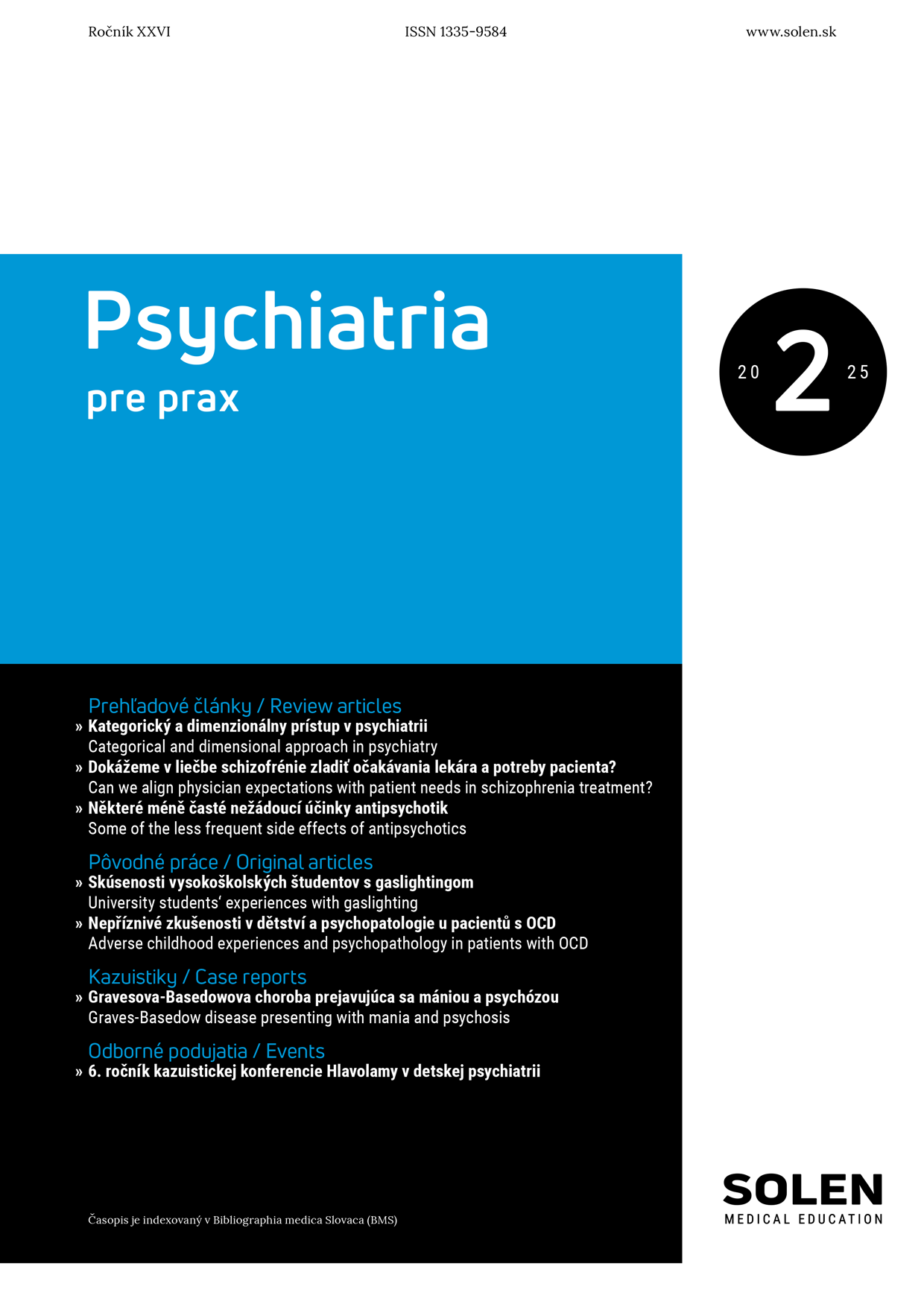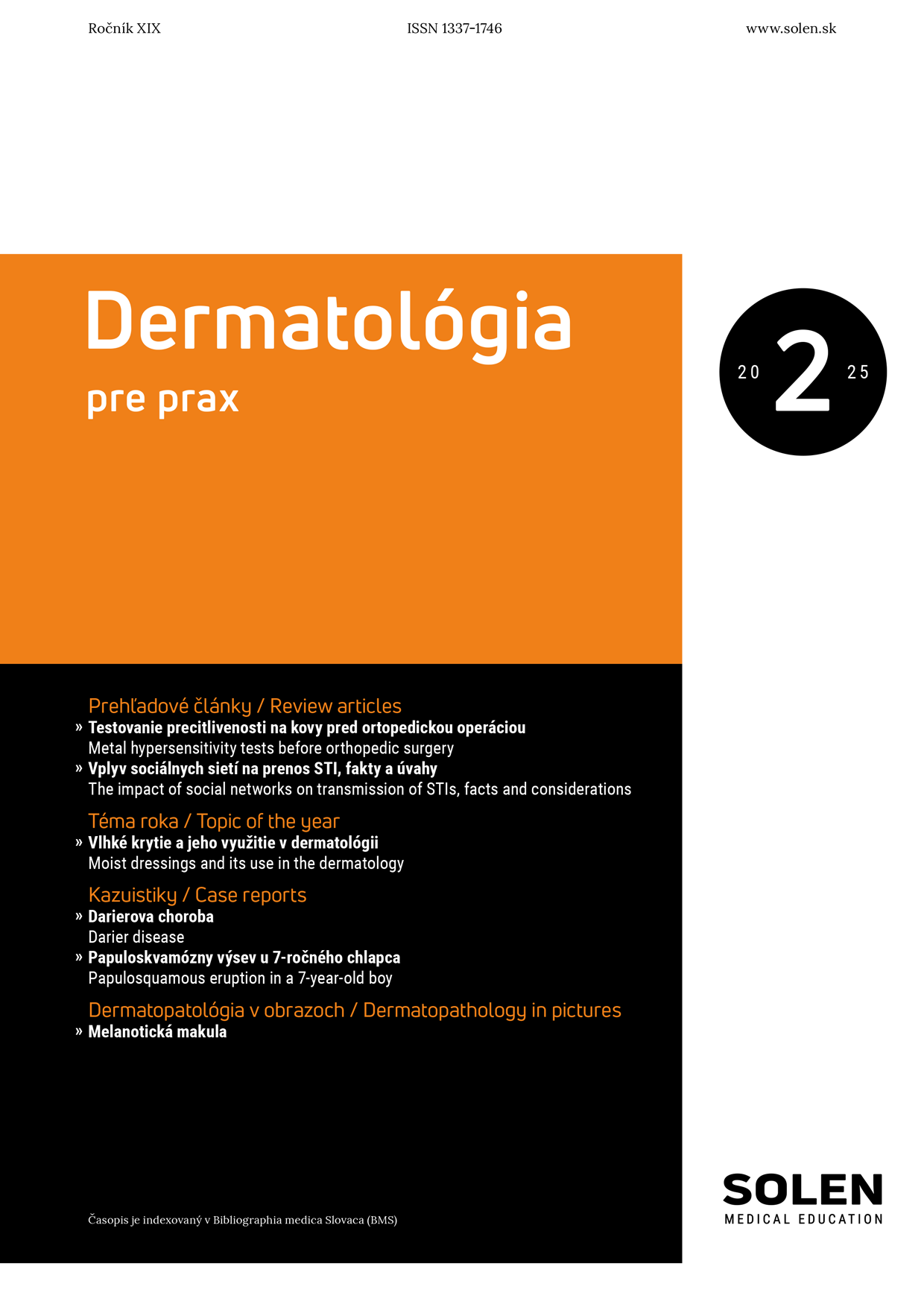Via practica 4/2015
Anaemias – diagnosis and differential diagnosis
Anaemia is generally defined as a decrease in haemoglobin and haematocrit levels and reduction in red blood cell count per unit of blood volume below the lower limit of normal values. Anaemias can be caused by the failure in the production of red blood cells themselves, or they are very often the accompanying sign of another underlying disease. The pathogenesis is therefore highly variable in this group of diseases with a clinical manifestation by anaemic syndrome. In the article we deal with the possibilities of diagnosis and differential diagnosis of anaemia. We have focused mainly on acquired forms of anaemia, because they belong among the most common clinical manifestations of the disease in medicine at all, and therefore it is necessary to take them into account in the differential diagnosis of other clinical states.
Keywords: anaemias, anaemic syndrome, etiopathogenesis, diagnosis, differential diagnosis.

















